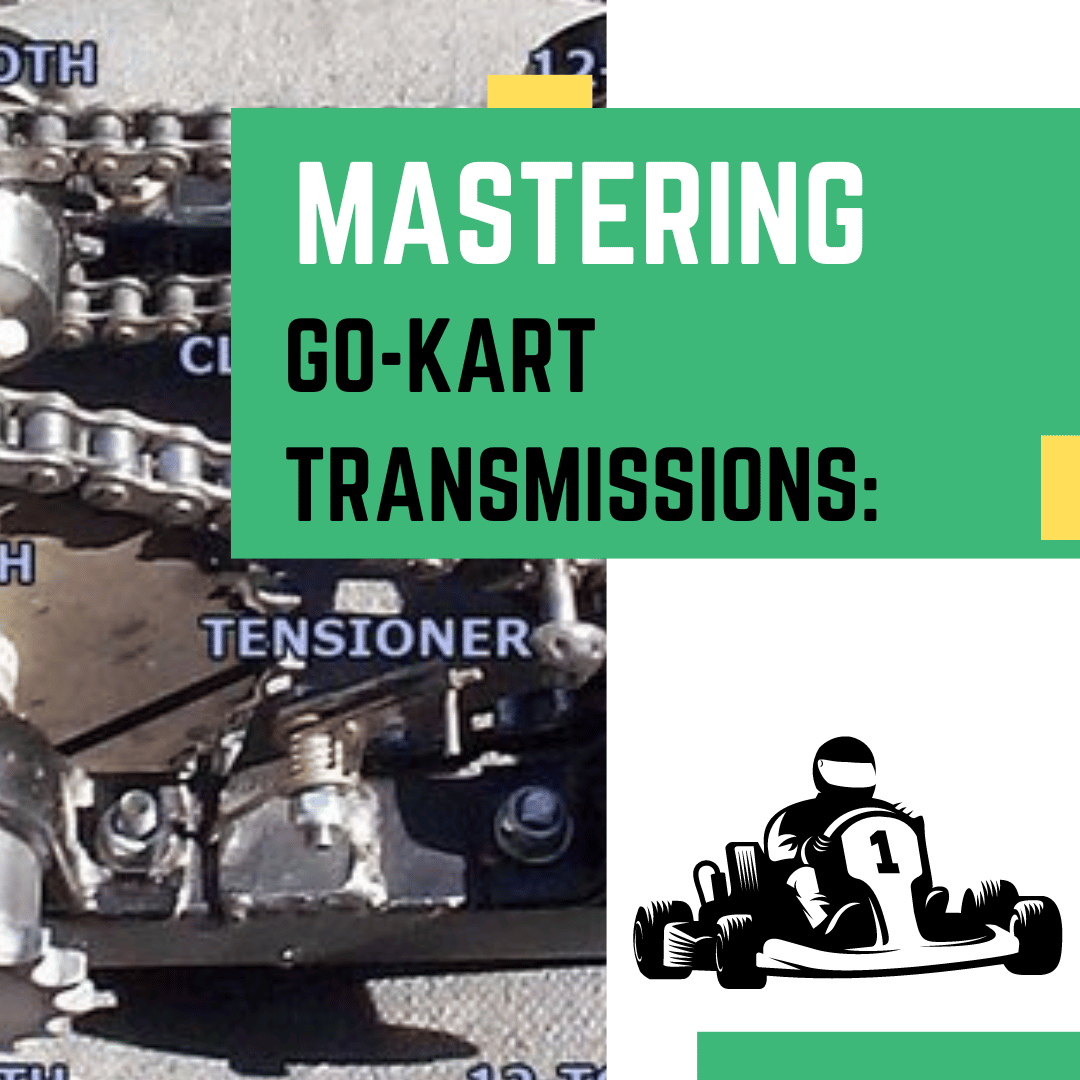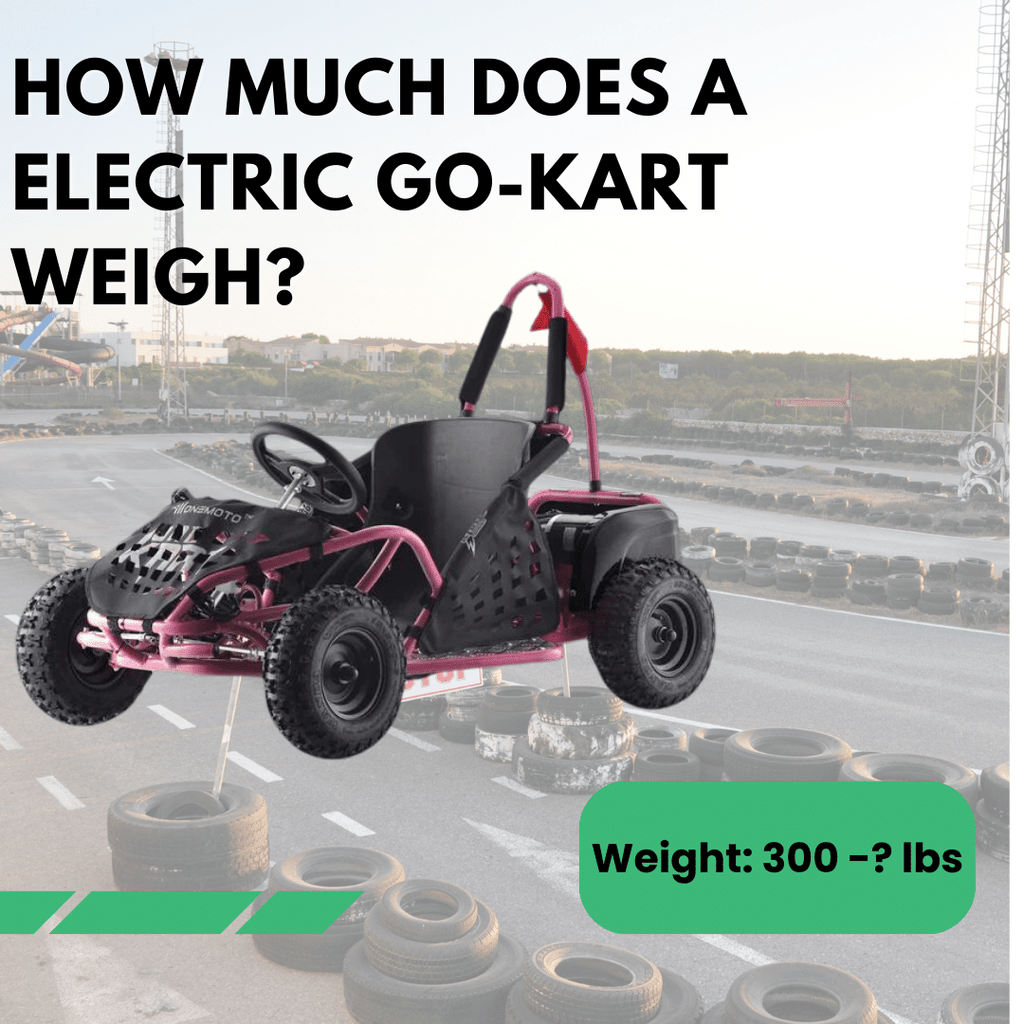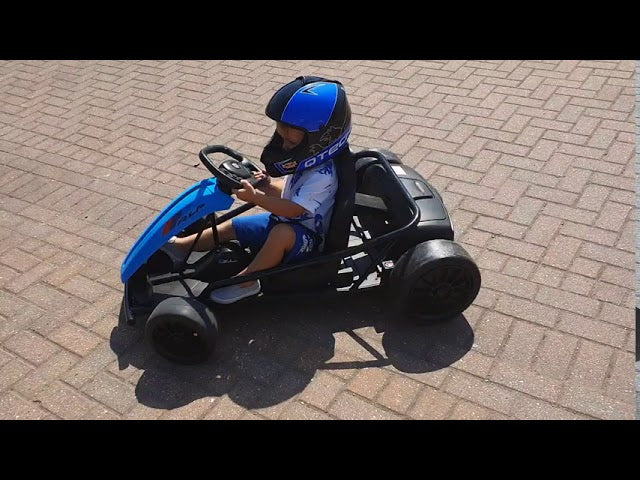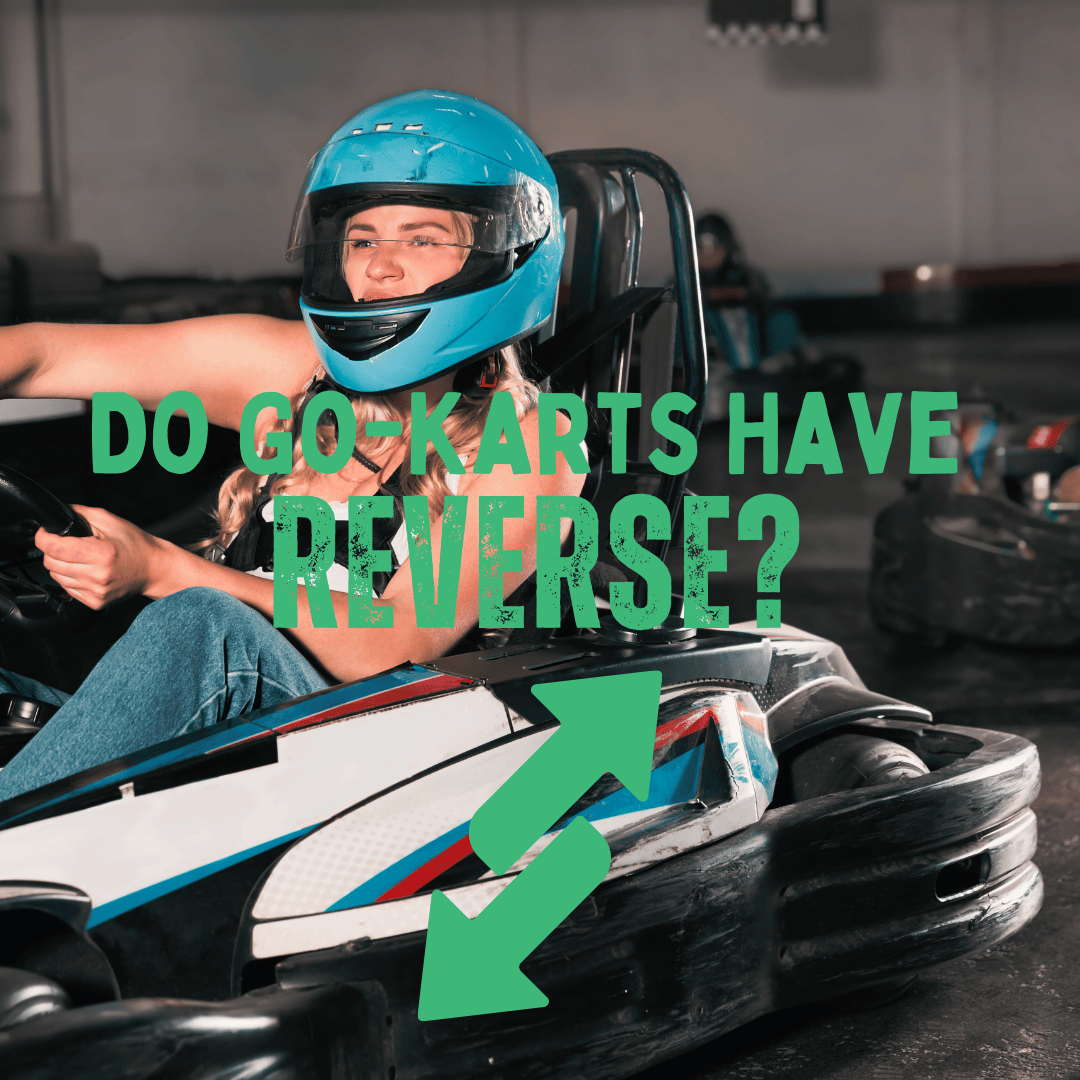
Updated: 27.05.25
Experience the thrill of go-karting – the rush of wind, the excitement of speed, and the challenge of tight corners. But getting stuck in a tricky spot without a reverse gear can be frustrating, forcing you to manually shift your kart.
Imagine navigating those situations effortlessly with a reverse gear. Curious? Learn how mastering go-kart transmissions can elevate your driving experience.

A reverse gear offers the luxury of smooth backward movement, enhancing maneuverability and safety. However, it may add weight and complexity. Explore how modifications like these impact electric go-kart weight.

1. Do Go-Karts Have Reverse?
Most go-karts, especially petrol and racing models, lack reverse to stay lightweight. However, you can add a reverse function using a specialized gearbox or an electric motor with a V-belt system, controlled by a lever or button. Learn more about go-kart gears.
2. Which Go-Karts Have Reverse?
Electric go-karts often include reverse for easier navigation during spins or crashes. Rental and professional racing karts typically skip this feature for speed efficiency. A reverse gearbox can be added to most models for enhanced functionality.
3. How Go-Karts Work
Go-karts rely on 2-stroke or 4-stroke engines. Pistons drive the crankshaft, rotating the axle to propel the wheels. A chain or belt transfers power, with components like spark plugs, carburetors, and clutches ensuring smooth operation.
4. How to Identify Reverse in Your Go-Kart
Petrol go-karts without a gear shift typically lack reverse. Shifter go-karts with a reverse gearbox or electric models with a reverse lever/button indicate reverse capability.
| Go-Kart Type | Reverse Capability | Identification Method |
|---|---|---|
| Petrol Go-Karts | Usually No | No gear shift |
| Electric Go-Karts | Usually Yes | Reverse lever or button |
| Shifter Go-Karts | Yes | Reverse gearbox and manual transmission |
5. Adding Reverse to Petrol Go-Karts
Installing a reverse gearbox on a petrol go-kart is straightforward with the right steps. Learn more in our guide on go-kart clutches.

- Prepare the Engine Area: Clear space for the gearbox, mapping out the engine, axle, and pulleys.
- Install Engine and Torque Converter: Mount the engine securely with brackets.
- Set Up Reverse Gearbox: Align shafts, add lubricants, and install bearings and sprocket.
- Mount Gearbox: Secure it on a bracket or slotted plate.
- Install Remaining Parts: Add the gearbox lever, gearshift disc, and transmission lines.
- Test the Setup: Verify functionality, noting gear ratios (e.g., 1:1.3 forward, 1:2.6 reverse).
Common Gearbox Ratios
| Direction | Common Gearbox Ratio |
|---|---|
| Forward | 1:1.3 |
| Reverse | 1:2.6 |
6. Performance Impacts of Adding Reverse
Adding a reverse gear can enhance or hinder performance. Explore how body weight affects go-kart performance.
Benefits:
- Improved Mobility: Navigate tight spaces and change direction easily.
- Ease of Use: Reverse without manual pushing.
- Enhanced Safety: Quickly avoid obstacles in emergencies.
Drawbacks:
- Added Weight: Reduces acceleration and top speed.
- Increased Complexity: More mechanical components increase maintenance.
- Cost: Installation and kit expenses add up.
7. Go-Kart Handling and Reversing
Reverse is rarely needed in racing but is useful for casual or off-road go-karting to navigate tricky terrains.
8. Safety Considerations
Safety is paramount in go-karting. Reverse gears require proper driving techniques to maintain control.
Go-Kart Type Safety:
- Electric Go-Karts: Safer for beginners due to slower speeds and reverse features.
- Petrol Go-Karts: Require more skill due to higher speeds and no reverse.
9. Latest Advancements in Go-Kart Technology
2025 Models:
- CRG Racing Chassis: Models like KT2 and Road Rebel offer advanced performance for direct drive and shifter categories.
- Sodikart Lineup: Furia 950 and Sigma models cater to diverse racing needs with enhanced safety.
Reverse Gear Innovations:
- Moto-Roma 200R: Kid-friendly reverse gear for easier navigation.
- Berg BFR System: Pedal-based braking and reverse for versatility.
- 13HP Gearbox: Robust reverse solution for high-powered go-karts.
Technological Trends:
- Electric Propulsion: Eco-friendly with lower maintenance and real-time data monitoring.
- AI-Driven Performance Tracking: Enhances user experience with real-time metrics.
Conclusion
Adding a reverse gear to your go-kart enhances maneuverability, safety, and convenience, especially for electric or casual models. However, consider the added weight, complexity, and cost. Consult experts before modifying to ensure compatibility. Whether you're a hobbyist or racer, a reverse gear can transform your go-karting adventures.

Frequently Asked Questions
How does a reverse gearbox work in a go-kart?
A reverse gearbox uses cog wheels to link the input and output shafts. Engaging reverse spins the output shaft counterclockwise, moving the go-kart backward.
Can you install a reverse gearbox on any go-kart?
While possible, racing go-karts often avoid reverse to stay lightweight. Installation depends on the kart’s design and intended use.
What are alternatives to a reverse gearbox?
An electric motor with a V-belt system, engaged via a lever, can enable reverse without a gearbox, ideal for specific applications.
How can I save money on go-kart modifications?
Compare reverse gearbox kits for cost and compatibility, consult experts to avoid errors, and consider used or refurbished parts from trusted suppliers like RiiRoo.
What’s the best go-kart for beginners in 2025?
Electric go-karts like the Moto-Roma 200R, with reverse and slower speeds, are ideal for beginners due to their safety and ease of use.
Get in Touch
Excited about go-karting? Visit RiiRoo’s go-kart collection to explore top models. Have questions? Use our Live Chat for fast, friendly answers from our team!





Share:
Should Go Kart Tyres Match And Be Well Balanced?
How to Store Your Go-Kart (Storage Ideas)